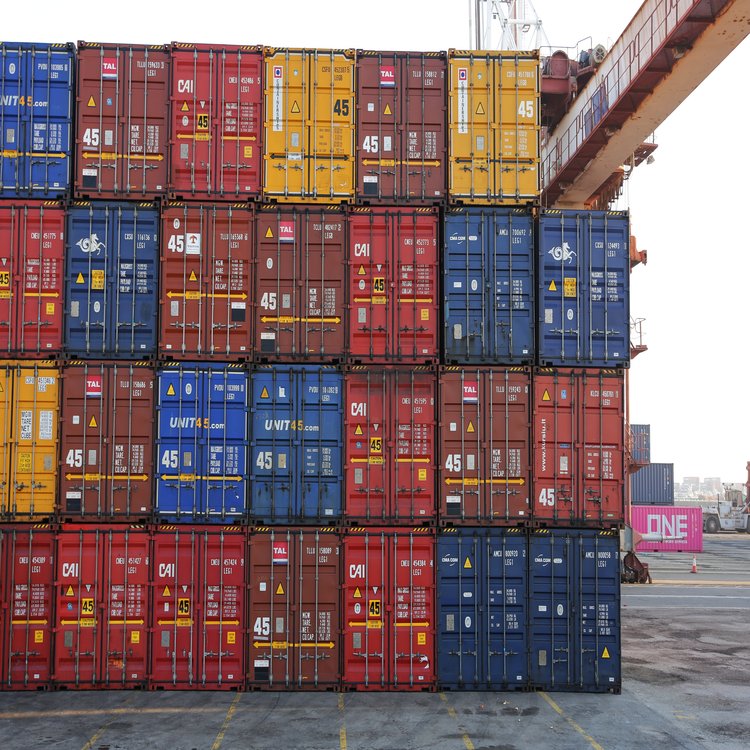Statement on the U.S.–E.U. Framework Agreement
29.07.2025

Date: July 29, 2025
Summary: Today's announcement unveils a framework—not a full trade deal—between the U.S. and the European Union. The pact imposes a uniform 15% tariff on most European goods entering the U.S., a substantial increase from pre‑Trump levels (~1–2%) and higher than original EU proposals (around 10%)
At the same time, there will be no equivalent tariffs imposed on U.S. exports to the EU, meaning American goods continue to enter European markets tariff‑free.
Impact and Implications:
- U.S. consumers now face higher import costs on European products (up to 15%), which may be passed on via price increases.
- European exporters are disproportionately impacted—particularly sectors like autos, pharmaceuticals, and semiconductors, which face the new 15% duty
- Steel and aluminium tariffs remain at 50% and are not addressed by this framework
Automotive Sector Concerns:
- U.S. automakers, already grappling with 25–30% duties on imported vehicles, are now facing even stronger competition:
- It may become cheaper for U.S. automakers to manufacture vehicles in Korea or Europe and pay the 15% import tariff into the U.S. than to source parts in the U.S. and absorb domestic aluminium tariffs or market‑based levies
- This dynamic could be even more harmful than past deals (e.g., U.S.–Korea agreement) that similarly disadvantaged domestic auto production.
Bilateral Commitments:
- The EU has pledged roughly $600 billion in U.S. investment and to purchase $750 billion in American energy and military products, though exact terms and enforceable mechanisms are vague or unresolved
Framework Status and Uncertainty:
- Importantly, this is explicitly a framework agreement, not a finalized treaty. Tariff terms and sector carve‑outs may still shift in the coming weeks. No binding legal text has yet been adopted.
- If negotiations break down, the U.S. had threatened 30% tariffs from August 1on $75 billion of EU imports, with the EU prepared to counter‑tariff over €93 billion on U.S. goods starting August 7.
Conclusions:
- U.S. consumers and industries, especially autos, appear to have been set back by this framework, as it increases import tax burdens on European goods while offering no reciprocal relief for American exports.
- The auto sector may face economic distortions and strategic disadvantages akin to past trade pacts that favoured imports over domestic production.
- Although the framework may avert an immediate trade war, the deal lacks clarity and enforceability—raising doubts about its long‑term stability.